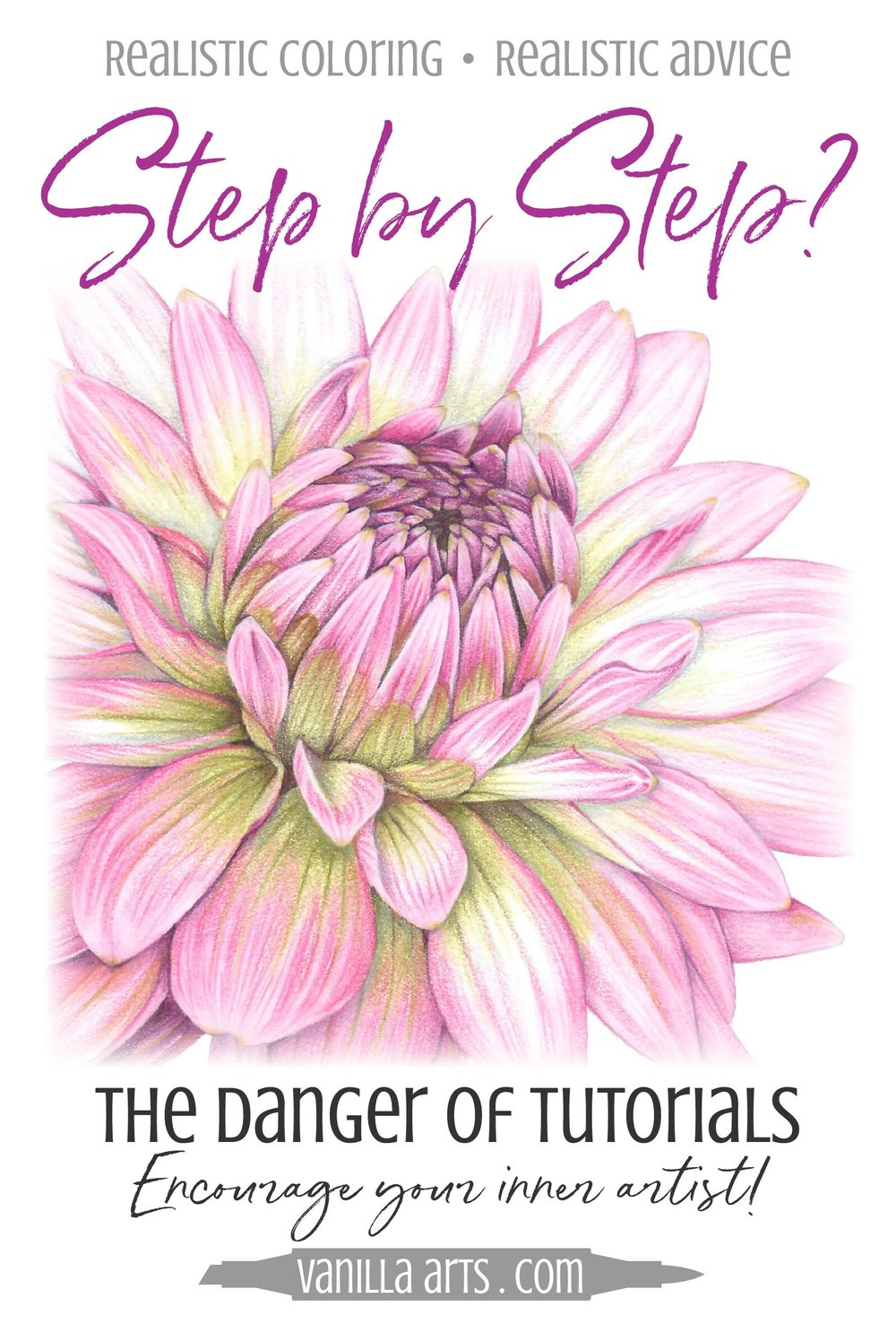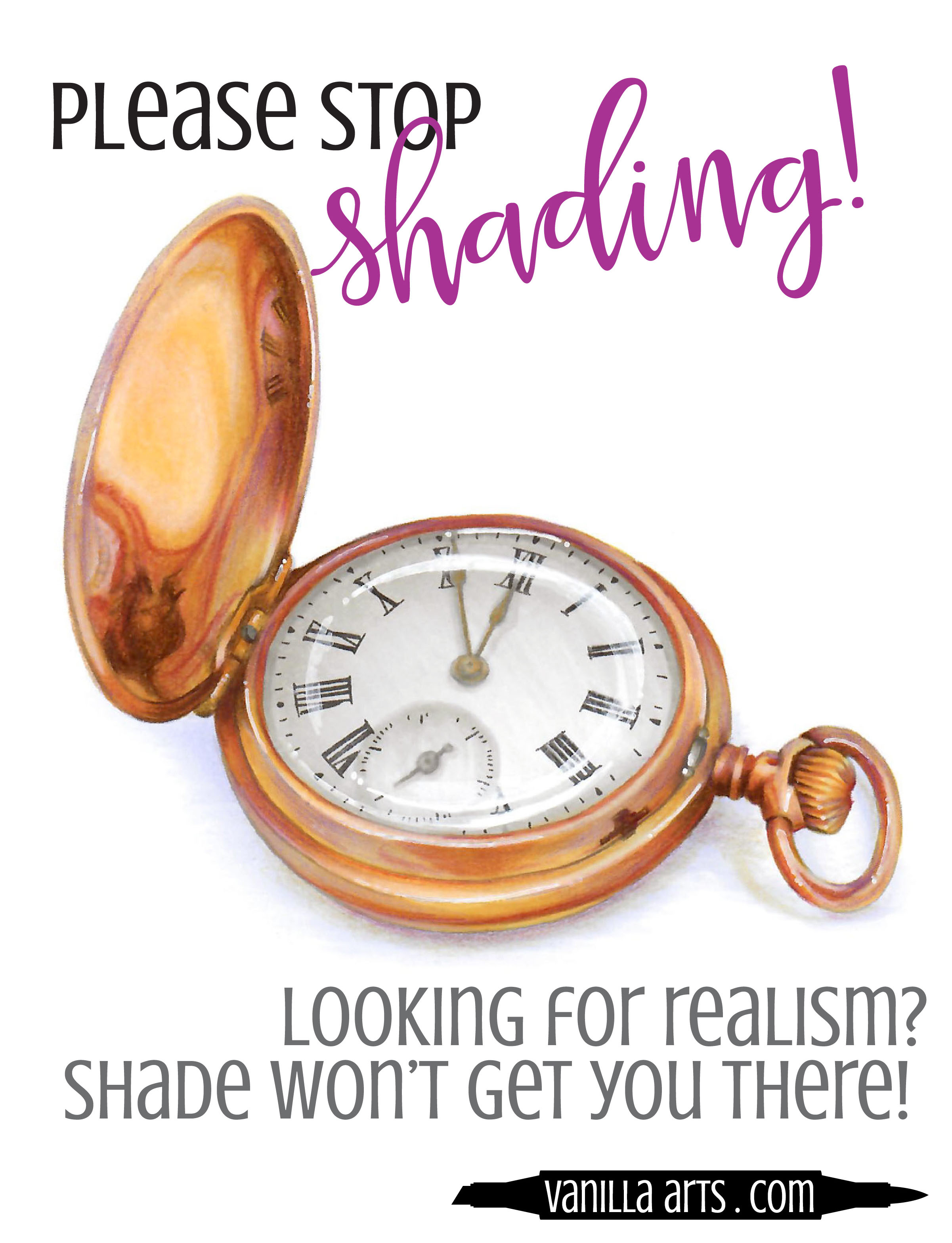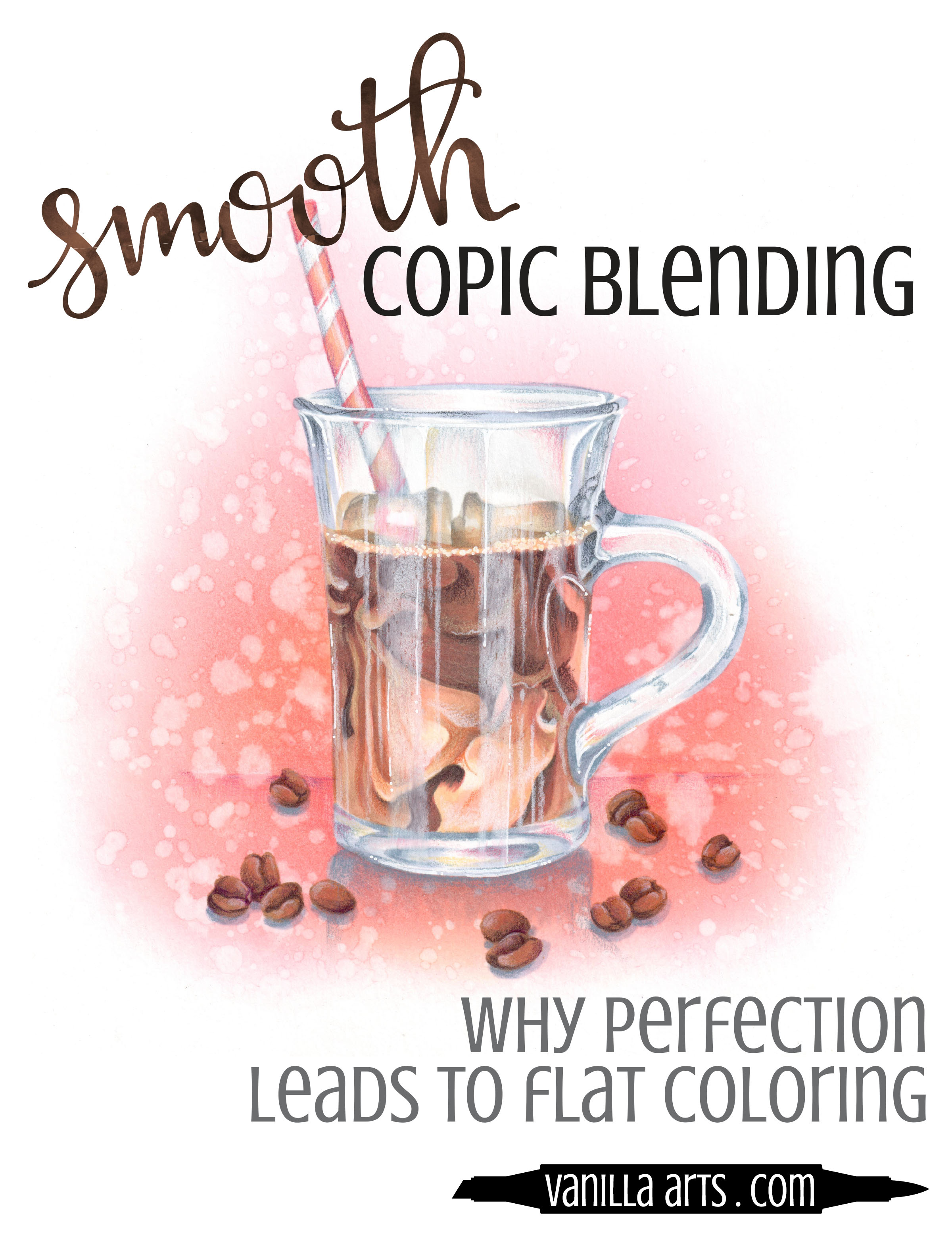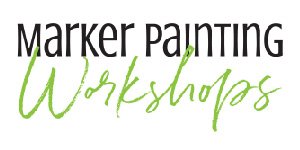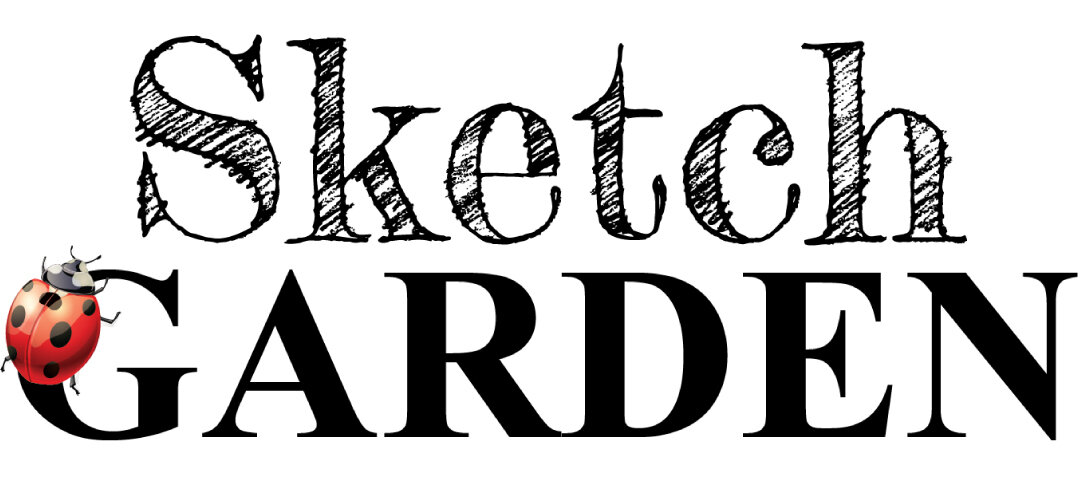Reading is something EVERYONE can learn to do.
But you have to ditch the tutorial concept.
You have to scrap the idea of blending combinations and project recipes.
No more light charts and no more "put the shade right here" style instruction.
And relax, I'm not about to recommend enrolling in years worth of expensive classes.
You've always had the power all along, Dorothy! And hey, no ruby slippers or creepy scarecrow hitchhikers required.
Before you color a stamp, look for a photograph of that object. If you're lucky, you might have the actual object in your house to look at.
It doesn't have to be an exact match. Close is good enough!
Visual references are what you've been missing. You have the eyes, now you need photos and objects to read.
Look for lemons before coloring lemons.
Look for cupcakes before coloring cupcakes.
Look for apples, look for pocket watches.
Let your eye travel across the surface of the item. Don't look for shade, look for changes in color. What colors do you see and what shapes do they take?
Then and only then do you pick up your marker to color.
You have to see before you do.
When you color, color what you see.
Don't color what someone told you, color what you see. The more you see, the more you'll add to your coloring. It's a slow-growth process but it's the same one used by artists everywhere.
It's not about shade, it's about the shape of color.
Artists read.
Artists do not shade.

